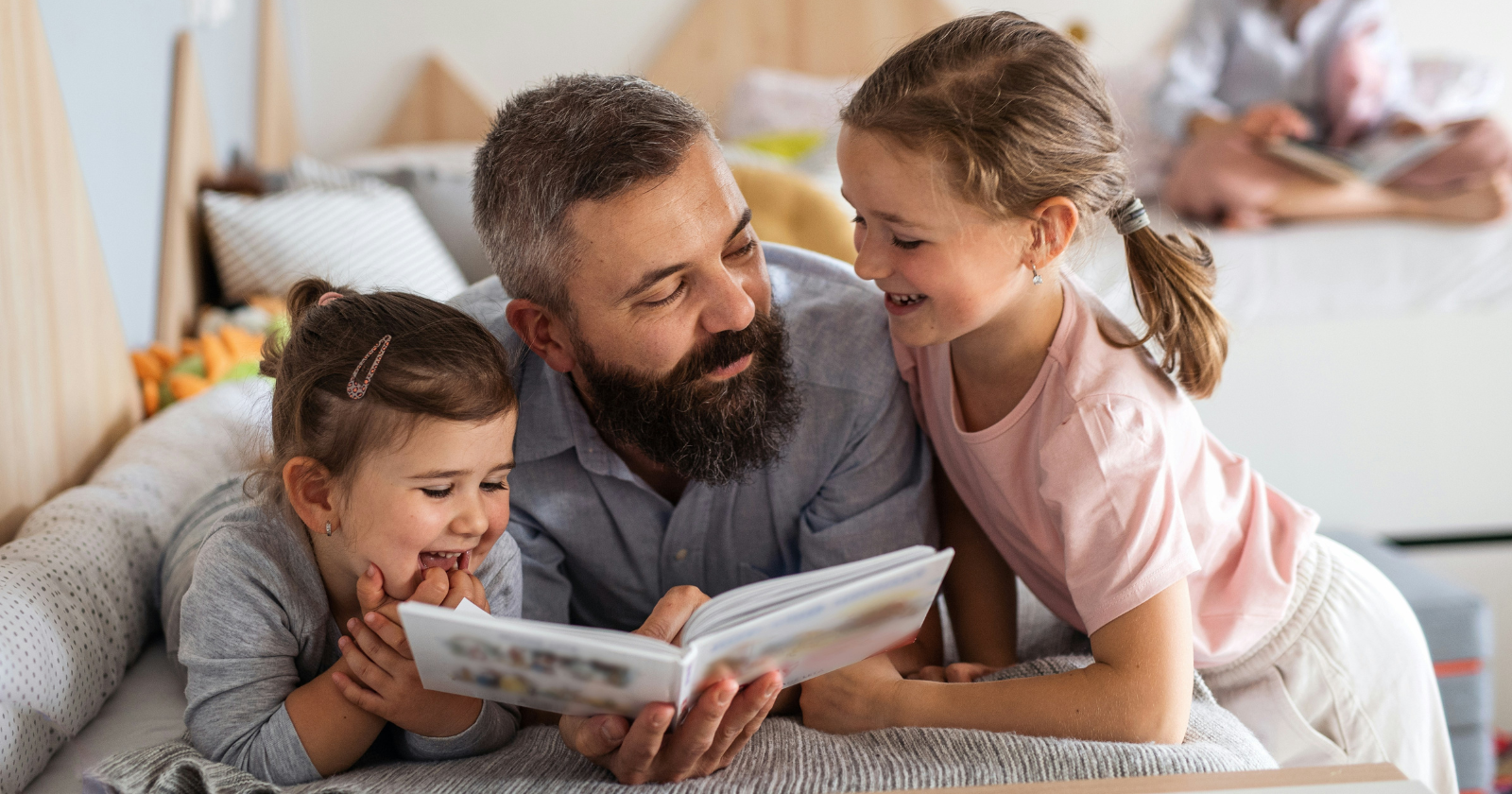The hours between school pickup and bedtime can feel like a second workday.
Everyone’s tired, everyone’s hungry, and everyone needs something at the exact same time. When I don’t plan this window, our apartment in Itaim Bibi turns into a swirl of crumbs, shoes, and emotions.
When I do plan it, the energy shifts. The apartment feels like a soft landing after a long flight. People breathe, reconnect, and reset.
These are the seven rituals that help the most. They’re simple, repeatable, and kind to real life.
1. The doorway reset
Before we even cross the threshold, we pause for ten seconds. I squat to Emilia’s height and we do a quick hug, three deep breaths, and a “we’re home.”
Then we wash hands, drink water, and switch shoes for house slippers. It’s tiny, but it marks the line between the outside world and our space.
I grew up doing something similar in Central Asia. We didn’t have fancy routines, but we always took a moment to change pace when we got home.
That little pause signals safety to the nervous system. It tells the body there’s no more scanning for what’s next.
If you want to add a layer, put a small tray by the door for keys, a hook for backpacks, and a basket for shoes.
Think of it like a landing strip that prevents chaos before it starts.
2. The snack-and-exhale
I don’t ask about math or behavior right away. I feed. A snack tray comes out with protein, produce, and one fun item.
Related Stories from The Artful Parent
Some days it’s hummus, carrots, and pita chips. Other days it’s tofu cubes, grapes, and popcorn. Half my friends are vegan, so I’ve learned to make plant-forward plates that still feel satisfying.
We sit for 10 to 15 minutes and let the room get quiet. Conversation is optional. If someone talks, I listen. If no one talks, I pair the snack with soft music. The only rule is that it’s not interrogation time.
As Mister Rogers said, “Anything that’s human is mentionable, and anything that is mentionable can be more manageable.” I link back to that line often because it keeps me from problem-solving too early. Let the snack soften the edges first.
3. Backpack triage in two minutes
After snacks, we do a quick backpack sweep. I’m aiming for two minutes, not a perfect system.
Lunchbox to the sink. Homework folder to the table. Papers to recycle or sign. Anything that needs a signature gets clipped to a bright magnet on the fridge and done while I’m still standing.
This is where the house starts to feel like a safe place for me too. Clear counters equal a clear mind. Kids don’t need long lectures to learn responsibility. They need a predictable path.
- People who read more than they talk usually have these 7 unique traits - Global English Editing
- If you do your best thinking after 10pm, psychology says you have these 8 distinct advantages - Global English Editing
- If a woman still does these 6 things after 50, she’s aging with incredible grace - Global English Editing
Show them once, then let them take the lead while you supervise. Call it a micro-habit and move on.
When I forget this step, school papers become a scavenger hunt at 9 p.m. When I keep it, we glide.
4. Feelings check-in that kids actually like
“Name it to tame it,” as noted by psychiatrist Daniel Siegel. Put a simple chart on the fridge with feelings as colors or weather: sunny, cloudy, rainy, stormy, foggy.
After snack, we point to where we are and say one line about why. Then we pick a helpful next step: quiet corner, a cuddle, five minutes of drawing, or a short walk. The Whole-Brain Child
This works across ages. Little ones point and move on. Bigger kids add a sentence. Teens can text you their color if they’re not ready to talk. No one is forced to unpack a whole day on command. They get to be seen without being pressed.
If someone’s in stormy mode, I don’t push homework yet. Co-regulation first, productivity after. A safe home allows big feelings without making them bigger.
5. Movement minute to reset the body
After sitting all day, the body needs a valve. We do 5 to 15 minutes of movement before homework. Sometimes it’s a loop around the block with the stroller.
Sometimes it’s a short stretch on the rug or one silly song that turns into a dance party. In Santiago when we visit grandparents, we head to the nearest plaza and do laps while catching up on the day. Same idea, different scenery.
The point is to discharge the leftover school energy so it doesn’t spill into the evening. I keep it playful and short so it happens without friction. If your child loves structure, pick three moves and repeat them. If they resist structure, make it a game.
The science here is simple: nervous systems settle faster when the body moves.
It’s amazing how much kinder homework time feels after a little sweat.
6. Co-working, not hovering
We sit down together at the table for a 20-10-20 rhythm. Twenty minutes of focused work for the child, ten minutes for a snack or stretch, twenty more to finish. I do my own admin tasks next to them.
Paying a bill, answering two emails, meal planning for tomorrow. Parallel work keeps me from micromanaging. It also models what focus looks like.
We park devices in a visible basket during the work block. If a calculator is needed, I switch the phone to airplane mode. I keep my voice warm and my instructions simple.
Brené Brown has a line I love: “Clear is kind. Unclear is unkind.” So I set one expectation at a time and try to make it obvious.
A small tip that helps: a quiet timer everyone can see. When the bell rings, stand up together, sip water, breathe, and reset. If homework is light, use the second block for reading or art.
If it’s heavy, keep blocks short and celebrate small wins.
7. The evening glide path
After homework, we glide toward night. I dim lights, turn on the same playlist, and start a five-minute tidy.
Each person has a zone. Toys back to bins, dishes into the dishwasher, counters wiped. Then we preview tomorrow. We choose clothes, pack the bag, and put the water bottle by the door.
This little preview calms the anxious kid and the tired parent.
We close the evening with a two-part connection: “the rose and the thorn.” One thing that felt good today. One thing that was hard.
You can add a seed, which is something you’re looking forward to tomorrow. Keep it light and honest. No fixes needed.
On bath nights, water does half the parenting for me. Warm water, soft towel, tiny lotion massage. The message is simple. You are safe here. Your body can rest.
What makes these rituals work
They’re short, concrete, and repeatable. They don’t rely on perfect moods or elaborate prep. On the busiest days, I pick two or three and call it good. Consistency beats volume.
Each ritual sends the same message in a different way. You belong. You can take up space. You can feel whatever you feel, and our home can hold it.
When we repeat that message through actions, kids learn to regulate faster and trust deeper.
I also edit our environment so the rituals are easy. A tray for snacks. Hooks at child height. A feelings chart. A visible device basket. Music queued. When the environment supports the behavior, you get less friction and more follow-through.
Real life notes from our home
We’re a working household. My husband and I both have long days, and I still like to cook fresh meals. We don’t have time for complicated systems.
On weekdays in São Paulo, we walk him to work in the morning, and in the evening we keep to simple anchors. When we’re in Santiago with grandparents, we lean into outdoor time even more and let the house be noisy and full.
The rituals adapt to the village.
I’m also honest about seasons. Emilia is one. Some evenings go off the rails because toddlers are tiny hurricanes. When that happens, I shrink the list.
Doorway reset, snack-and-exhale, feelings check-in for me, not just the child. Then bedtime basics. The goal is not to execute the list. The goal is to make home feel safe.
Troubleshooting common bumps
If kids resist the feelings check-in, make it theirs. Let them draw the icons or choose the colors. Invite them to teach you how they want to use it. If they still resist, drop it and keep the snack and movement pieces. Safety grows from the ground up.
If homework becomes a battleground, move it earlier or later by thirty minutes and add a physical reset in between. Try changing the location. Some kids work better on the floor than at a desk. Others focus best with soft background music. Observe and tweak.
If evenings feel frantic because dinner takes too long, set a rotating five-meal list for weekdays.
Ours is embarrassingly simple: pasta with veg, tofu stir-fry, chickpea tacos, soup and toast, big salad with roasted potatoes.
When friends visit, we add something fun from the vegan side of town and make it a tasting night. Lower the decision load and you’ll get your calm back.
A quick word on tone
Safety is not softness without boundaries. It’s warmth with clarity. I aim to be firm and friendly. Choices, not threats. Options, not lectures.
When I miss the mark, I repair. “I was sharp earlier. I’m sorry. Let’s try again.” Kids remember how we repair more than how we rupture.
As a mom who values work ethic and personal responsibility, I like routines because they’re honest. You can’t fake a daily habit. You either do it or you don’t. And when you do it, the house starts to hum at a gentler frequency. That matters more than any single strategy.
Final thought
These seven rituals won’t make every afternoon smooth. They will make your home feel like a place where people land, not crash. Start with one or two. Repeat them until they feel natural. Then add the next.
Safe homes are built in small, ordinary moments. You can create those today.
As a reminder for me as much as for you: evenings don’t need to be perfect to be peaceful.



